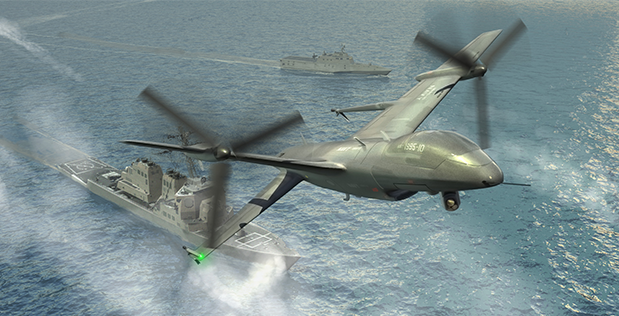Isn't the concept of loyal wingman that it flies with a manned fighter / strike aircraft, so assuming that you can use it as an OTHR surveillance asset is not workable because it is dependent upon RAAF combat aircraft.
For other posters, just to throw a spanner in the works, you should be working on the principle that the USN airborne surveillance is not always available, so you should be concentrating on an organic OTHR airborne surveillance capability. Take it as a given that the RAN is not operating as part of a USN task force.
Let's not get ahead of ourselves, it unlikely that the aircraft/design has reached anywhere near its combat coded state; as such, I don't believe we should be refocusing the aim of the aircraft (bad idea, as I'm sure you could agree with me).
Rather, my understanding of the public documents around the system suggests, just like the USAF
Loyal Wingman program, is that the aircraft are intended to operate
with, not to be
solely 'operated/commanded by' other airborne platforms.
So with this technicality, it's not unlikely that without changing any of the future coding, that the airframe would be capable of maintaining a search pattern above or around any RAN operation.
I'd hesitate to otherwise suggest any modification to the system before it is in service or at the very least, low rate production; so please do not assume I am suggesting any real airframe or mission changes at this point in time.
Now to make perfectly clear, I would be interested in
later seeing if the RAN could use the exact same airframe to provide OTHR surveillance, whilst adding the option to carry lightweight torpedoes for a longer range, adaptable ASW capability.

